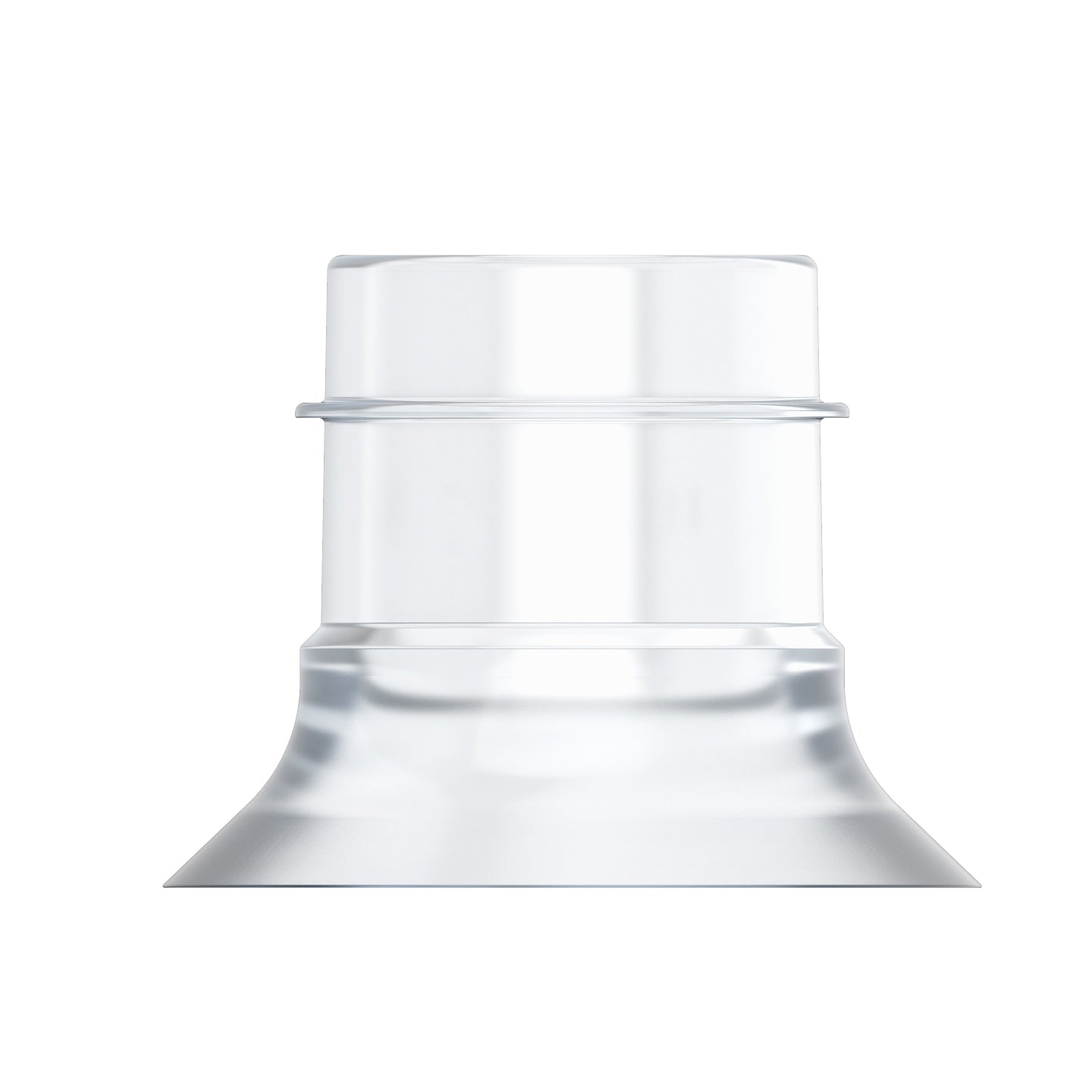How to Clean Breast Pump Flange? (Step-by-Step Guide)
Introduction:
Breast pumps have been a game-changer for nursing mums because of the convenience and flexibility they provide in maintaining their breastfeeding routines. It’s normal for any mum, especially new mums, to be preoccupied with day-to-day activities and feel overwhelmed with their bubs. Despite the busy schedule, it is still important to make time to clean breast pump parts regularly, especially the flanges.
No worries, mum, we are here to help simplify things with a guide that will teach you a quick and easy step-by-step approach to properly cleaning your breast pump flanges.
Quick Summary:
- A properly cleaned flange ensures safety for you and your bub.
- Sanitising flanges at least once a day can rid of any lingering bacteria or germs on your pump flange.
- Flanges must be stored in a sealed container instead of plastic bags to avoid bacteria build-up.
What Can I Use to Clean Flanges?
Usually, it is recommended to use warm water and mild dish detergent, along with a soft bottle brush, to clean flanges. But it is also beneficial to use steam sterilisers, boiling water, or microwave sanitising bags to effectively sanitise the flanges from any lingering bacteria or germs.
How to Properly Clean Breast Pump Flanges?

1. Disassemble the Flanges:
Before starting the cleaning process, make sure to disassemble the flanges completely.1 Remove any membranes, valves, and tubing connected to the flanges. Disassembling these allows you to clean your breast pump parts thoroughly, preventing any residue buildup or contamination.
2. Rinse with Warm Water:
After disassembling your breast pump equipment, clean your pump flanges by rinsing them with warm water immediately after each use.1 Rinse away any remaining breast milk or milk particles as these could cause growth of harmful bacteria. Using your fingers, gently rub the flanges and remove any milk residue that may be stuck on the surface.
3. Use a Mild Detergent:
After the initial rinse, wash the flanges with a mild dish detergent and warm water.4 Avoid using harsh chemicals or abrasive scrubbers, as they can damage the flanges and leave behind harmful residues. Make sure to clean both the interior and exterior of the flanges thoroughly.
4. Scrub with a Bottle Brush:

For a more thorough clean, use a soft bottle brush to reach all the nooks and crevices of the flanges. Pay particular attention to the areas where the flanges connect to the breast pump and any small openings where milk might accumulate. Gently scrub to remove any stubborn residue.
5. Rinse Thoroughly:
After cleaning the breast pump part, rinse the flanges under running warm water until all soap residues are completely removed. Soap residue can be harmful if ingested by your baby and may also interfere with the pump's functionality.2 Ensure the flanges are free from any detergent traces.
6. Sanitise Regularly:
Apart from regular cleaning, sanitising your flanges at least once a day can help eliminate any lingering bacteria or germs. You can use a steam steriliser, boiling water, or microwave sanitising bags designed specifically for baby products. Be sure to follow the manufacturer's guidelines for proper sanitisation.
7. Air Dry Completely:
After washing and sanitising, allow the flanges to air dry completely.3 Place them on a clean, dry surface, or use a drying rack away from high touch surfaces. Avoid using towels or cloth to dry the flanges, as they might introduce new contaminants.
8. Store Properly:
Once the flanges are completely dry, store them in a clean and sealed container to protect them from dust and germs until their next use. Avoid storing them in plastic bags, as these can trap moisture and promote bacterial growth.
FAQ:
Yes, it is crucial to wash your flanges after every use. Cleaning the flanges after each use helps to remove any breast milk residue, bacteria, or germs, ensuring a safe and hygienic breastfeeding experience for both you and your bub. Additionally, regular cleaning also helps maintain the effectiveness and longevity of the breast pump.
It is definitely safe (and recommended) to boil flanges. Boiling them in water for about 5 minutes is an effective method to sanitise them and eliminate any lingering bacteria or germs. Ensure all parts are fully submerged during boiling and allow the flanges to cool before handling.
Most flanges are dishwasher safe and can be safely cleaned in the dishwasher.2 However, it is essential to check the manufacturer's guidelines to ensure that your specific pump flanges are dishwasher safe before placing them in the dishwasher.3 Disassembling the flanges and placing them on the top rack of the dishwasher can help ensure proper cleaning and prevent potential damage.
Clean Breast Pump Flanges for Healthier Breastfeeding Babies

